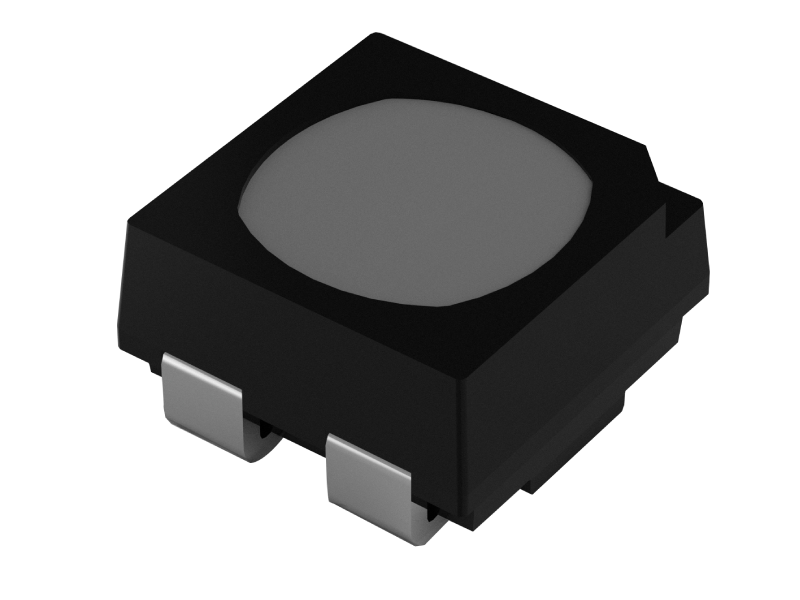According to reports, the nearly century-old Pathe Palace theatre in Paris reopened in August this year after five years of renovation under the leadership of Italian architect Renzo Piano. In this upgrade and renovation project, six of the seven luxury cinemas in the theater are upgraded from traditional movie projectors into the 4K ultra high definition Onyx LED cinema screens provided by Samsung.

Samsung Onyx LED cinema display
Pathé Palace is a luxurious theater located in an Art Deco building which was built in the 1920s. The renovation aims to upgrade its internal facilities in an all-round way to better attract more movie lovers. It is reported that the newly upgraded theater uses four 10-meter-wide and two 5-meter-wide Samsung Onyx LED cinema screens to completely replace traditional movie projectors.
As the world’s first LED cinema screen certified by the Digital Cinema Program, the self-luminous Samsung Onyx LED screen can produce HDR images with clear blacks and contrast; and its wider color gamut can provide more accurate color reproduction, which is unmatched by traditional movie projectors.
In addition, Samsung Onyx LED cinema screen can provide up to 300 nits of brightness, which is more than six times higher than traditional movie projectors. This not only improves the performance of highlights, but also further reduces the impact of ambient light on the movie picture, while traditional movie projectors can only play movies in extremely dark environments.

Samsung Onyx 4K cinema LED display lit up at Pathe Palace theatre in Paris
“These six cutting-edge Samsung Onyx LED screens create a striking contrast to the historic cinema, blending classic and modern to give moviegoers a truly unique experience,” said Menno van den Berg, President of Samsung Electronics France.
In addition, Samsung has installed a 5.4-meter-high and 9.6-meter-wide UHD LED screen, The Wall, in the main lobby of the Palais Pathé Theater. The screen uses a Micro AI processor that instantly analyzes every second of footage with a resolution of up to 8K and optimizes image quality to reduce visual noise.
Meanwhile, the company’s smart signage (QMC series) displays schedules and movie trailers in the cinema lobby, while at the entrance of each cinema room, a 16:4.5 ratio Samsung stretched display (SH37C model) is installed.
Samsung Electronics has reportedly installed Onyx LED cinema screens at Pathé Beaugrenelle in Paris and Pathé Bellecour in Lyon, while Pathé headquarters recently installed 200 5K ViewFinity S displays and a Samsung The Wall.
“The most powerful thing about movies is that they allow us to fully immerse ourselves in a cinematic world – and technology plays a vital role in that magic,” said Jacques Durand, CIO of Pathé Group. “The pure blacks and exceptional clarity of Samsung’s Onyx LED Cinema Displays elevate the cinematic experience, making every frame feel startlingly real.”
According to statistics, there are more than 200 actual application cases of LED cinema screens in the world, covering most developed countries in Europe and America and major LED screen application markets in Asia. Initially, LED cinema screens only appeared in the latest high-end cinemas, and gradually entered the old theaters with a long history. It can be said that a single spark can start a prairie fire.
It seems that the LED cinema screen will replace the traditional movie projector soon. This is mainly due to the continuous development and progress of LED screen technology and the decreasing production cost.
At present, there are quite a few LED cinema screen brands that have obtained DCI certification around the world. In addition to traditional display giants such as Samsung and LG, there are also many leading LED screen technology companies in China such as Absen, Unilumin, AOTO, and Leyard.
In addition, a sound LED upstream supply chain is also an important factor in the sustained and stable development of LED cinema screen technology. For example, Kinglight, as a leading LED packaging company in China, has developed a number of LEDs that meet the DCI-P3 color gamut standard, including MC0606-P3, TOP1010-P3, 1415-P3, and 2020-P3, which can be used to build ultra-high-definition LED cinema screens with pixel pitches of 1.2mm, 1.25mm, 2.6mm, and 3mm, respectively.

Kinglight 2020-P3 LED utilizes full black frame to increased contrast